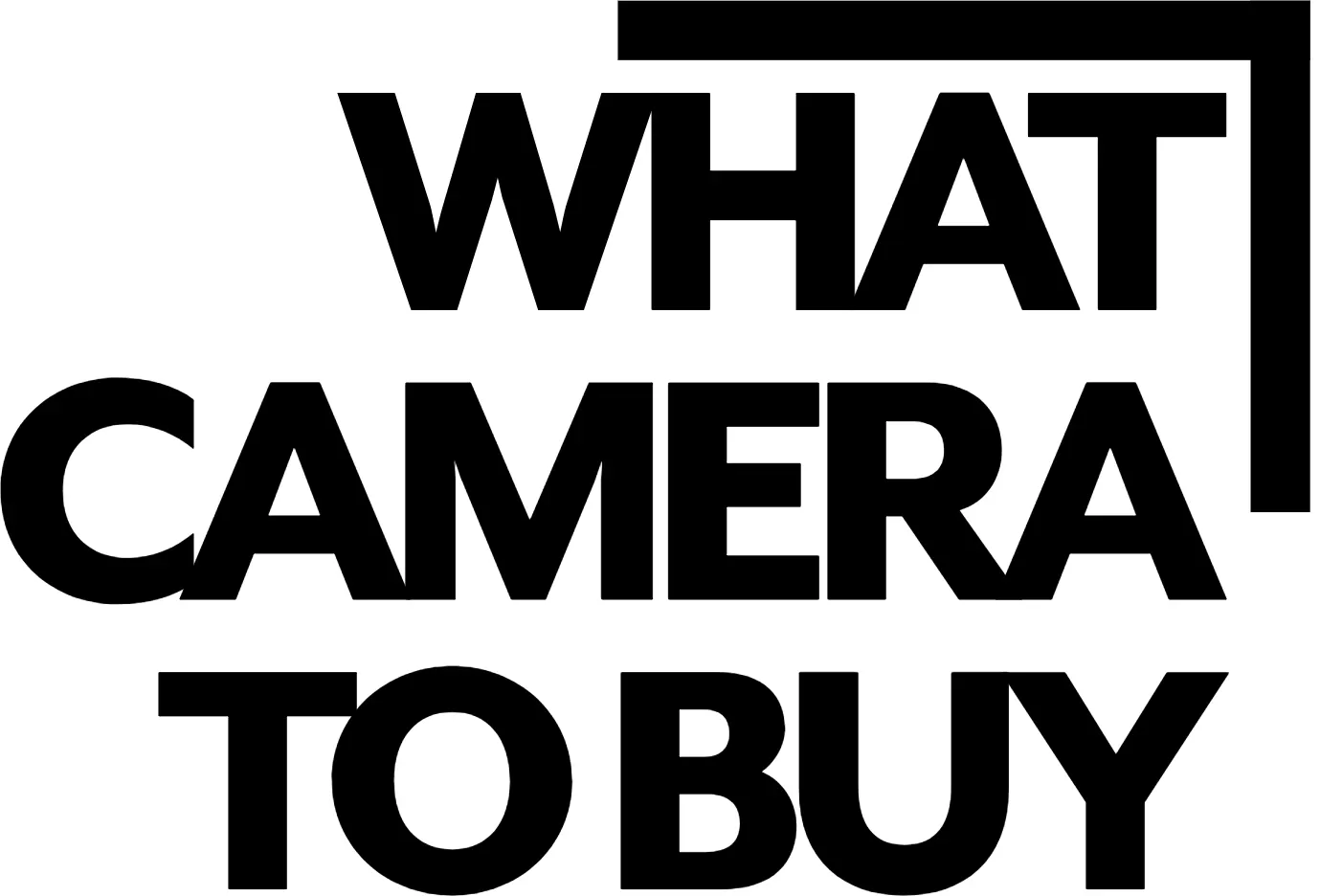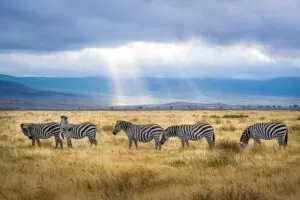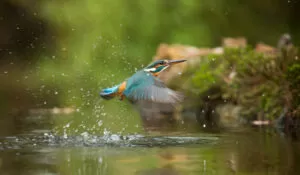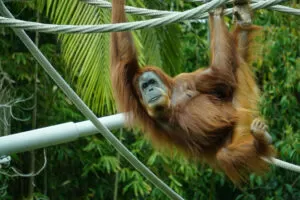What Camera to Buy for Wildlife Photography?
Choosing the right camera for wildlife photography can feel daunting, but the key is to find a camera that excels in a few critical areas. Unlike other genres of photography, wildlife demands specific features to capture fast-moving, often distant, and unpredictable subjects. The good news is that with the rapid advancements in camera technology, there are excellent options available for every budget and skill level.
Here’s a breakdown of the most important camera features to consider and some of the top-rated models on the market today.
Essential Camera Features for Wildlife Photography
1. Fast and Accurate Autofocus (AF)
This is arguably the most crucial feature for a wildlife photographer. Animals move quickly and unpredictably, and a slow autofocus system will result in missed shots. Look for cameras with a robust, intelligent autofocus system that can detect and track your subject, especially features like animal or bird eye-detection and tracking. Modern mirrorless cameras from brands like Nikon, Canon, and Sony have set a new standard here, often using AI to predict a subject’s movement.
2. High-Speed Burst Rate
The “decisive moment” in wildlife photography, like a bird taking flight or a predator chasing its prey, can be over in a flash. A high-speed continuous shooting mode, also known as a burst rate, allows you to capture multiple frames per second, significantly increasing your chances of getting the perfect shot. For beginners, a camera with a burst rate of 10 fps or more is a great start, but professional-grade cameras can reach 30, 40, or even 120 fps.
3. Sensor Size and Resolution
Your camera’s sensor size is a critical factor in image quality and performance.
- Full-Frame Sensors: These larger sensors excel in low-light conditions, providing superior image quality and dynamic range. They are ideal for high-resolution images and offer more detail, which is beneficial for heavy cropping.
- APS-C (Crop) Sensors: These smaller sensors have a “crop factor,” which effectively multiplies the focal length of your lens. This is a huge advantage for wildlife photographers as it gives you more “reach” without needing a longer, heavier, and more expensive lens. While they may not perform as well in extreme low light as their full-frame counterparts, many modern APS-C cameras have excellent low-light capabilities.
4. Low-Light Performance
Wildlife is often most active at dawn and dusk, when the light is low. A camera with good low-light performance allows you to use a higher ISO setting to maintain a fast shutter speed without introducing excessive noise into your images. The latest cameras from all major brands have made significant strides in this area, making high ISO settings more usable than ever.
5. Weather Sealing and Ergonomics
Wildlife photography takes you outdoors, often in less-than-ideal conditions. Weather sealing protects your camera from dust and moisture, ensuring its reliability. Additionally, consider the camera’s weight and ergonomics. If you plan to hike long distances, a lighter setup might be more beneficial, and a comfortable grip is essential for long days in the field.
Summary
In essence, the right camera for wildlife photography is a fast, intelligent, and robust piece of equipment. It needs to keep up with the unpredictability of nature, from an incredible burst rate like the Sony A9 III to a sophisticated autofocus system with subject tracking. Image quality is supported by both sensor size and a camera’s ability to handle low-light situations. Finally, the camera’s design should be ergonomic and durable enough to withstand the environment. By focusing on these core features—speed, image quality, and durability—you can find a camera that will empower you to capture the wild in all its breathtaking glory.




